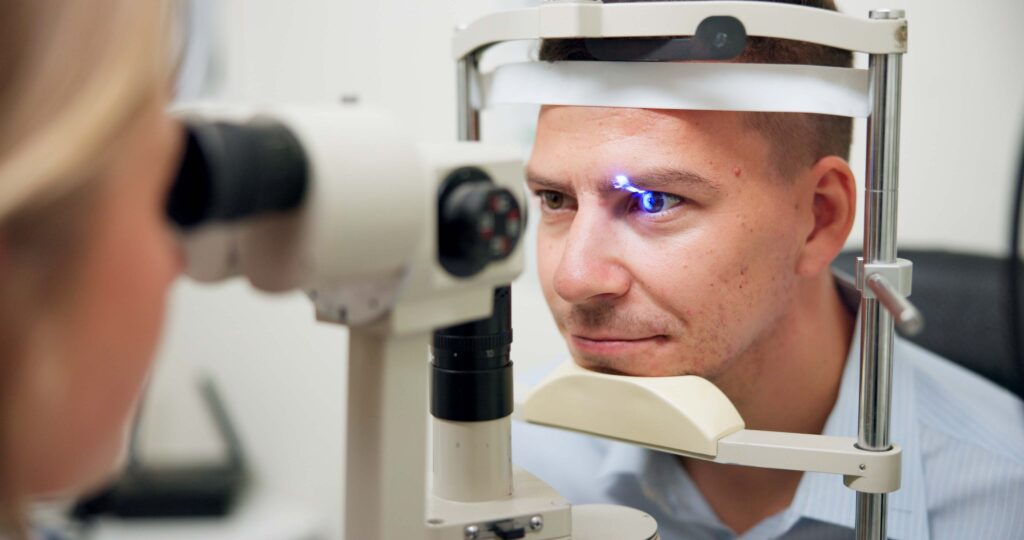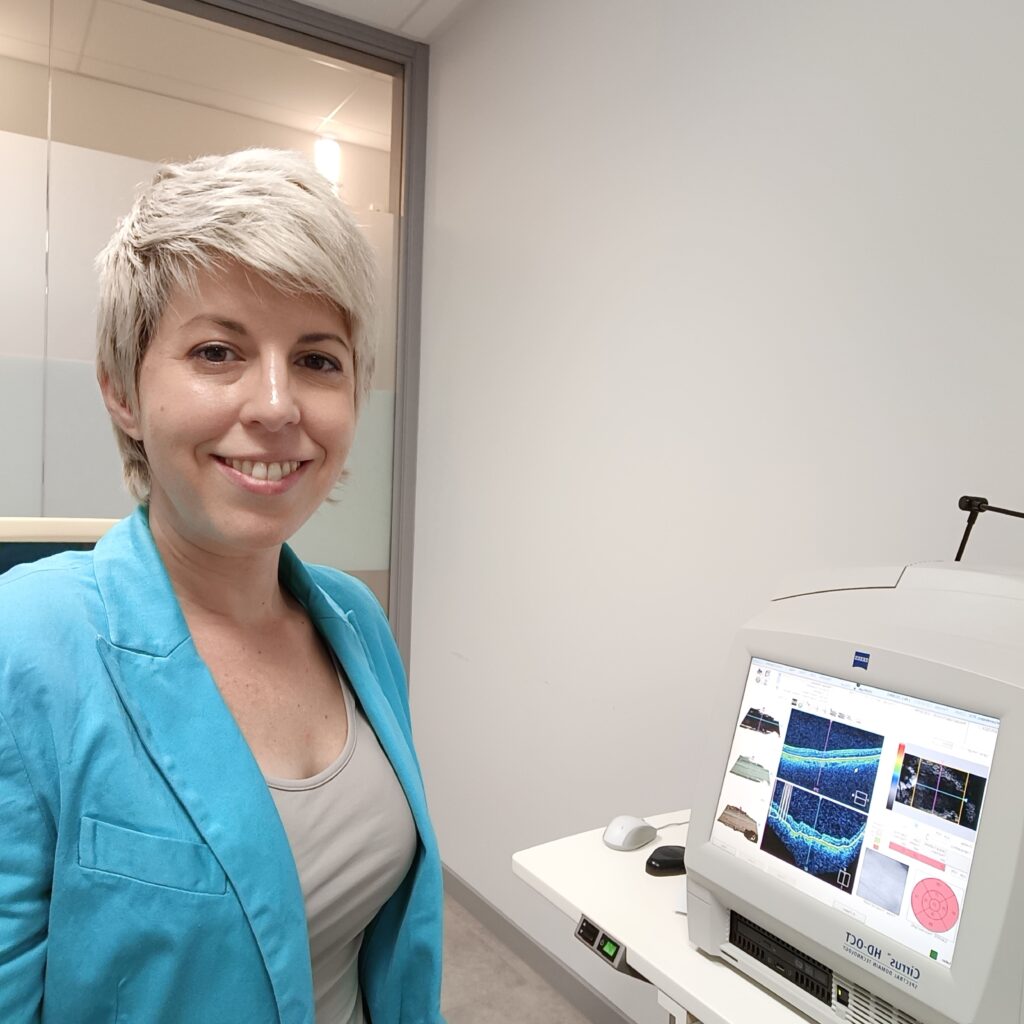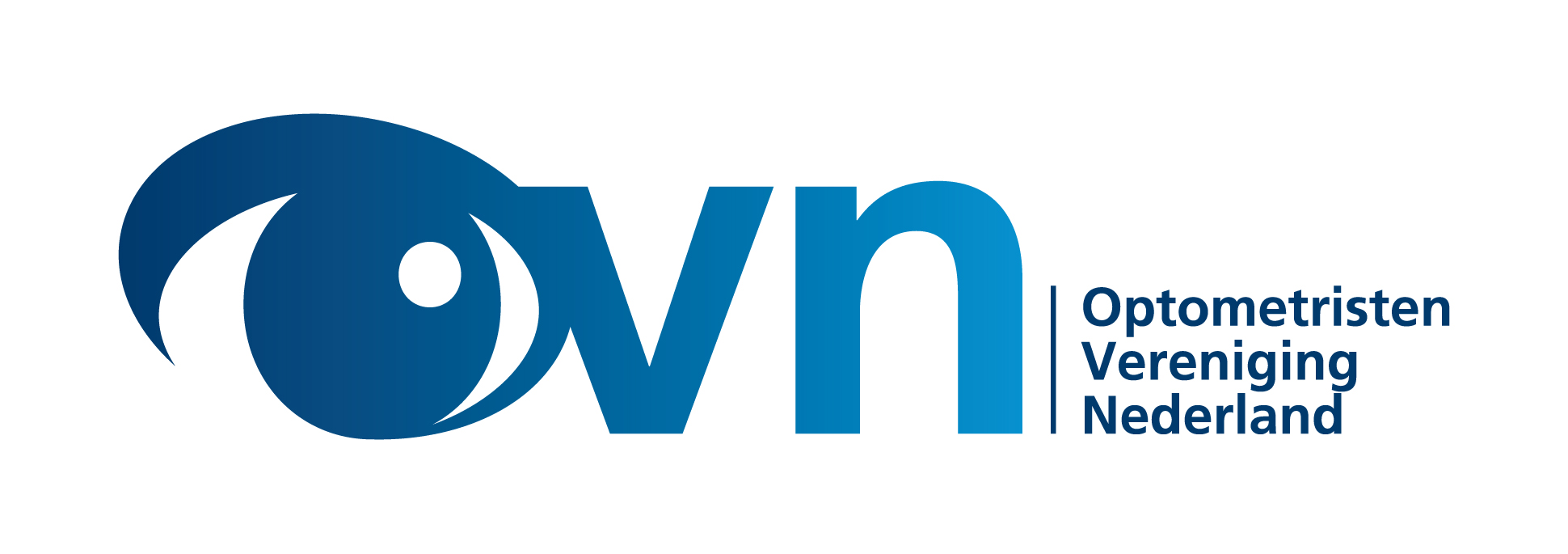Posted onTrustindex verifies that the original source of the review is Google. Als je net als ik op zoek bent naar een onafhankelijke optometrist die het beste met jouw ogen voor heeft, dan ben je bij Silvia in uitstekende handen. Neemt alle tijd voor je en is ook nog plezierig in de omgang. En ze heeft een pot snoep!Posted onTrustindex verifies that the original source of the review is Google. Erg vriendelijke dame, neemt haar tijd, doet alle metingen wat de opticiens niet doen, luistert heel goed, uiteindelijk de juiste maat bril kunnen kopen, dit is de beste in Amsterdam👍Posted onTrustindex verifies that the original source of the review is Google. Zeer goede onafhankelijke oogmeting en oogcontrole.Posted onTrustindex verifies that the original source of the review is Google. Goed geholpen en duidelijke uitleg wat ze gaat doen 👍Posted onTrustindex verifies that the original source of the review is Google. Fantastisch!!!! wat een geluk dat ik hier terecht gekomen ben. Alle moderne benodigde apparatuur aanwezig en zeer professioneel en vriendelijk behandeld.Posted onTrustindex verifies that the original source of the review is Google. Geweldige service bij het brilrecept! Ik ben super goed geholpen met het opstellen van mijn brilrecept. Voor het eerst in vele jaren als brildrager heb ik een brilrecept gekregen dat zo precies en kundig is opgemeten super bedankt SilviaPosted onTrustindex verifies that the original source of the review is Google. I had a wonderful experience at Zeker Zicht Optometrie Praktijk. She is such a kind and genuine person who truly wants to help you, not just do her job. She’s highly qualified and pays attention to every little detail during the examination. I really appreciated her care and professionalism — I had three sessions with her, yet she only charged me once! That kind of dedication and honesty is rare. Highly recommended to anyone looking for a trustworthy and knowledgeable optometrist.Posted onTrustindex verifies that the original source of the review is Google. My visit was very good. The doctor is kind, always greets you with a smile, does her job perfectly, and is always punctual. It was a good experience, and I definitely recommend visiting the clinic.Posted onTrustindex verifies that the original source of the review is Google. Zeer vakkundig en alle apparatuur aanwezig .Zeer duidelijke informatie geduldig en vriendelijk
Eye Exam in Amsterdam
Clear Vision, Trusted Care
Whether it’s time for your regular eye check-up or you’ve started noticing changes in your vision, Zeker Zicht is here to help.
We provide professional eye exams in the heart of Amsterdam, performed by experienced, licensed optometrists — with no referral required.
Located in a trusted medical center, our clinic offers clear, personalized eye care for adults, children, and everyone in between. Book online today and take a simple, confident step towards better vision.


Comprehensive Eye Exam

Personal attention

Modern equipment

Child-friendly practice
What’s Included in Your Eye Exam

Every eye exam at Zeker Zicht includes a full assessment to protect and enhance your vision:
Vision testing (distance and near)
We measure how well you can see at different distances, identifying any issues with focus or clarity.Eye pressure screening
Checking for elevated intraocular pressure can help detect conditions like glaucoma early.Health check for retina, cornea & lens
We thoroughly examine the key structures of your eyes for signs of disease or wear, ensuring early diagnosis and prevention.Personalized advice & next steps
You’ll receive a clear, customized explanation of your results, plus practical next steps whether you need glasses, lenses, or specialist care.
-
Comprehensive Eye Health Exam
-
Children's eye exam
-
Eye Vision Exam
&
Second Opinion -
Contact Lens Fitting
-
Contact Lens Check-up
Comprehensive Eye Health Exam
Comprehensive Eye Examination
Eye measurement
Eye scans
Eye microscope

Children's eye exam
Children's eye exam
Eye exam with eye drops
Neurological tests
Eye health check

Eye Vision Exam
&
Second Opinion
Eye Vision Exam & Second Opinion
Vision Exam
Eyeglass prescription check
Glasses prescription

Contact Lens Fitting
Contact Lens Fitting
Consultation
Eye Analysis
Lens Training

Contact Lens Check-up
Contact Lens Check-up
Contact Lens Power Check
Contact Lens Fitting Check
Eye Health Check-up

Who It’s For
Our Amsterdam eye exams are perfect for:
Anyone living in or near Amsterdam who wants quality eye care without long waiting times
Expats who prefer English-speaking appointments and an easy-to-navigate healthcare experience
Children, students, and working professionals needing regular vision checks for school, work, or screen-heavy lifestyles

FAQ's
If your child is 8 years old, they can visit the optometrist for a complete eye exam within 1 to 2 weeks. If they need to see an eye doctor, they will be referred immediately.
This depends on the type of appointment and the eye complaints. For a contact lens check or a dry eye examination, it takes approximately 15-20 minutes. If you have other eye complaints that need further investigation with an eye scan or an eye microscope, your eyes will be dilated, and the total duration will be 1 hour: 15 minutes for the examination, 30 minutes waiting for the drops to take effect, plus another 15 minutes for additional tests.
This depends on the type of appointment. If you don’t have a referral letter, you can read more about the costs per appointment type via this link.
If you have a digital referral (ZorgDomein), you pay nothing.
With a paper referral (not via ZorgDomein), you pay approximately €70 from your insurance deductible and €30 out of pocket.
If you have a digital referral letter, you will soon receive a call from the appointment scheduler at Huisarts+Punt to schedule your appointment.
If you have a paper referral letter (not via ZorgDomein), you can directly schedule an appointment.
Sure! Without a referral letter, you can make an appointment directly. Based on your symptoms, you can choose the type of appointment you need.
Your pupil or iris will be strongly dilated, which may cause sensitivity to bright light. Additionally, your near vision will typically become blurry, depending on your refractive error (minus, plus, cylinder). Some individuals may also experience blurry distance vision. Adults wearing multifocal glasses do not experience blurry vision but may still be sensitive to bright light.
This depends on the amount of pigment cells in your iris. For light-colored eyes, the effect typically fades after 3-6 hours. With darker eyes, it can range from 6 hours to a week. The darker the eyes, the longer the eye symptoms persist.
Due to dilated pupils after the appointment, your vision is usually blurry and more sensitive to light. Therefore, driving is not recommended. Cycling at a normal speed is permitted.
No, eye drops or dyes are used that can change the color or composition of the lenses. Additionally, sometimes it’s necessary to assess the surface of the cornea without lenses. Please bring a lens case and, if possible, your glasses.
Then you will be referred directly to the ophthalmologist, or your general practitioner will be advised to refer you to another medical specialist. This will be discussed with you.
Unfortunately not! Can’t find a place where you can be helped? Call us! We can advise you to a CBR examination center in your neighborhood.
Only with a referral from your GP, we conduct a comprehensive eye examination including a diabetes eye check. For fundus photos, your GP refers you to an ophthalmology assistant who takes and evaluates these photos. Please consult your GP.
What our clients are saying
-
Emre Yildirim in the last week
Als je net als ik op zoek bent naar een onafhankelijke optometrist die het beste met jouw ogen voor heeft, dan ben je… Read more on Google
-
K K 3 weeks ago
Erg vriendelijke dame, neemt haar tijd, doet alle metingen wat de opticiens niet doen, luistert heel goed, uiteindelijk… Read more on Google
-
Jelle Kloth 3 weeks ago
Zeer goede onafhankelijke oogmeting en oogcontrole.
-
Gerard Gerritsma a month ago
Goed geholpen en duidelijke uitleg wat ze gaat doen 👍

Why Choose Zeker Zicht?
only professional eye care
Choosing where to have your eye exam is important — here’s why Zeker Zicht stands out:
✅ Professional eye exams (no glasses sales) – Unbiased advice focused purely on your eye health.
✅ Located in a trusted health center – Peace of mind in a professional, healthcare-focused environment.
✅ Appointments available in English or Dutch – Making care accessible and comfortable for both locals and internationals.
✅ Walkable, accessible location – Easy to reach by public transport or on foot, with accessibility for all visitors.
At Zeker Zicht, your vision — and your overall eye health — comes first.



Are you experiencing sudden and severe eye problems? CALL your doctor or emergency medical services immediately! You can also call us for advice.
Read more about alarm symptoms.
020-2101228
Book Your Eye Exam in Amsterdam →
Ready to prioritize your vision? Click below to book your professional eye exam online. It’s quick, easy, and your future self will thank you!










